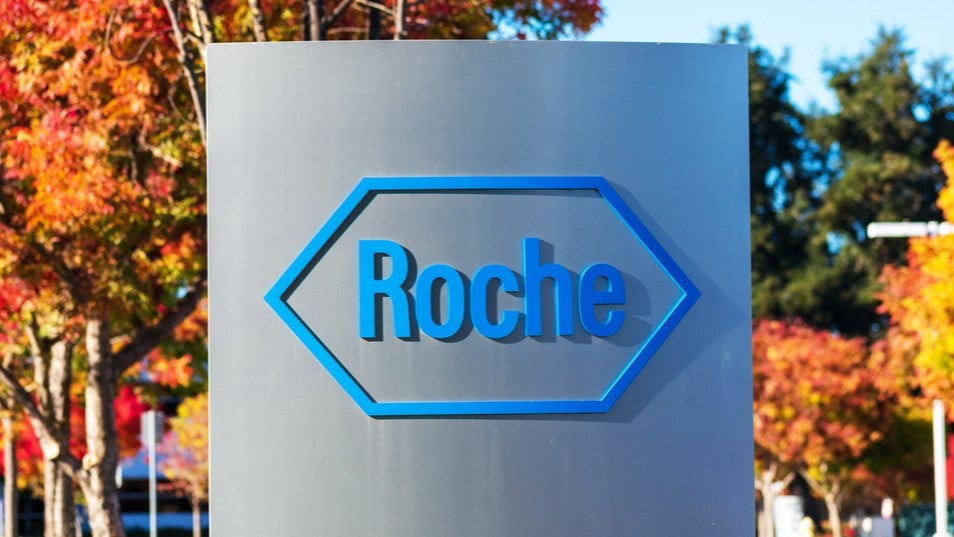
Magnetised molecules have allowed doctors to see which regions of a breast tumour are active in a carbon-13 hyperpolarised imaging scan.
This is the first time clinicians have been able to demonstrate that this type of scan can be used to monitor breast cancer. Seven patients with various types and grades of breast cancer who had yet to receive any treatment for their condition were scanned by researchers from the Cancer Research UK Cambridge Institute and the University of Cambridge Department of Radiology.
The team was able to measure how fast patients’ tumours were metabolising a naturally occurring molecule called pyruvate and converting it into a substance called lactate. Tumours produce lactate more quickly than healthy cells, so measuring this metric allowed the researchers to detect differences in the size, type and grade of the tumours.
The scans also revealed more detail about the ‘topography’ of the tumour, detecting variations in metabolism between different regions of the same tumour.
Cancer Research UK Cambridge Institute lead researcher Dr Kevin Brindle said: “This is one of the most detailed pictures of the metabolism of a patient’s breast cancer that we’ve ever been able to achieve. It’s like we can see the tumour ‘breathing’.”
The scans used hyperpolarised carbon-13 pyruvate, an isotope-labelled form of pyruvate which is slightly heavier than the naturally occurring pyruvate formed in people’s bodies. Researchers ‘hyperpolarised’, or magnetised, carbon-13 pyruvate by cooling it to -272°C and exposing it to extremely strong magnetic fields and microwave radiation. The frozen material was then thawed and dissolved into an injectable solution.
How well do you really know your competitors?
Access the most comprehensive Company Profiles on the market, powered by GlobalData. Save hours of research. Gain competitive edge.

Thank you!
Your download email will arrive shortly
Not ready to buy yet? Download a free sample
We are confident about the unique quality of our Company Profiles. However, we want you to make the most beneficial decision for your business, so we offer a free sample that you can download by submitting the below form
By GlobalDataPatients were injected with the solution before receiving a magnetic resonance imaging (MRI) scan. Magnetising the carbon-13 pyruvate molecule made the signal 10,000 times stronger, meaning the clinicians could see in detail how fast the pyruvate was being metabolised.
The researchers believe that monitoring the pyruvate-to-lactate conversion in real time could be used to infer the type and aggressiveness of different breast cancers. They now hope to trial the scanning technique in larger groups of patients to see if the technique can be reliably used to inform treatment decisions in hospitals.
Brindle said: “Combining this with advances in genetic testing, this scan could in the future allow doctors to better tailor treatments to each individual, and detect whether patients are responding to treatments, like chemotherapy, earlier than is currently possible.”







